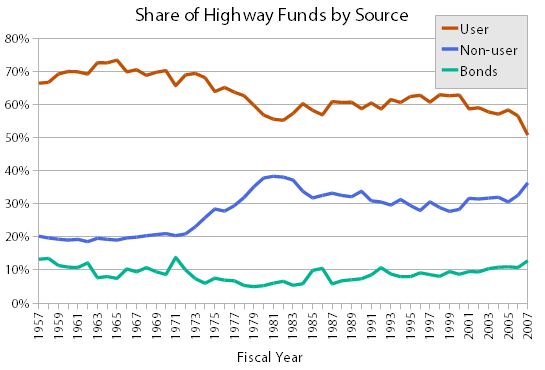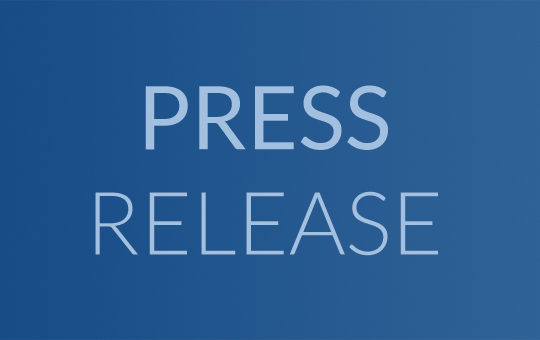
FOR RELEASE: 12:01 a.m., April 30, 2014
CONTACT: DAVID GOLDBERG, 202-412-7930
david.goldberg@T4America.org
Congress has an opportunity to save the transportation program and recommit to investing in the repairs and improvements our communities and businesses need
WASHINGTON, D.C. – Most states and dozens of metropolitan areas will lose the majority of the money they need to maintain and improve their transportation networks when the Highway Trust Fund goes broke this summer, according to a report released today by Transportation for America.
The report, The End of the Road? The Looming Fiscal Disaster for Transportation, shows the dollar amounts that each state and metro will be forced to forego if Congress does not act to avert the insolvency of the transportation fund, expected to be exhausted in July. The shortfall is a result of lower than expected collections of revenue from a gas tax that has not changed since 1993, despite rapidly rising construction costs.
Unless Congress adds new revenue to the trust fund, the federal government will be unable to commit to funding any new transportation projects, depriving states and localities of resources critical to maintaining and improving the infrastructure that makes our economy possible.
“America is at a crucial decision point for transportation,” said James Corless, director of Transportation for America. “But there is a ray of light: The crisis presents an opportunity, because it comes at the same time as Congress must update the federal transportation program, MAP-21. We believe we have a chance to resuscitate and reinvigorate the program in exciting ways, so that it better suits the needs of people in the communities where they live.”
Absent such action, though, the bottom line is a bleak one: Starting this fall, every dollar of gas tax revenue collected will be needed to cover the federal share of projects already promised to states, regions, and transit agencies, according to the Congressional Budget Office.
While nearly each state raises their own funds through some sort of taxing mechanism and local governments contribute their own funds, federal funds account for the lion’s share of almost any major project in the country, from a key bridge replacement or highway rehab to new rail cars and buses. Federal dollars account for half or more of the capital transportation budget in all but 15 states, and for many the share is two-thirds or more. (It’s more than 90 percent in Alaska and Rhode Island, for example.)
Regions like Miami, Seattle, Atlanta, Denver, Dallas, Philadelphia, Minneapolis-St. Paul — to name just a few — could be out $100 million or more.
Suspension of federal funding will affect communities of all sizes. It would shelve plans for a long awaited bridge replacement in downtown Boise, ID, to replace a narrow, deficient 1938 bridge with a modern structure that is safe for all modes of transportation; the order of 29 new buses for Columbus, Ohio’s transit agency; and the project to replace the nearly 80-year-old twin I-74 spans in the Quad Cities on the border between Iowa and Illinois — where one in five workers crosses the river each day for work.
“Over the last nine months we have met with local leaders in regions all over the country, and they all tell us the same thing: They believe their constituents would be willing to pay more for transportation, if they know those dollars will come back to benefit their communities,” Corless said.
The suggestions and desires of those local leaders have been compiled in a platform for updating the transportation program, available online at https://t4america.org/policies.




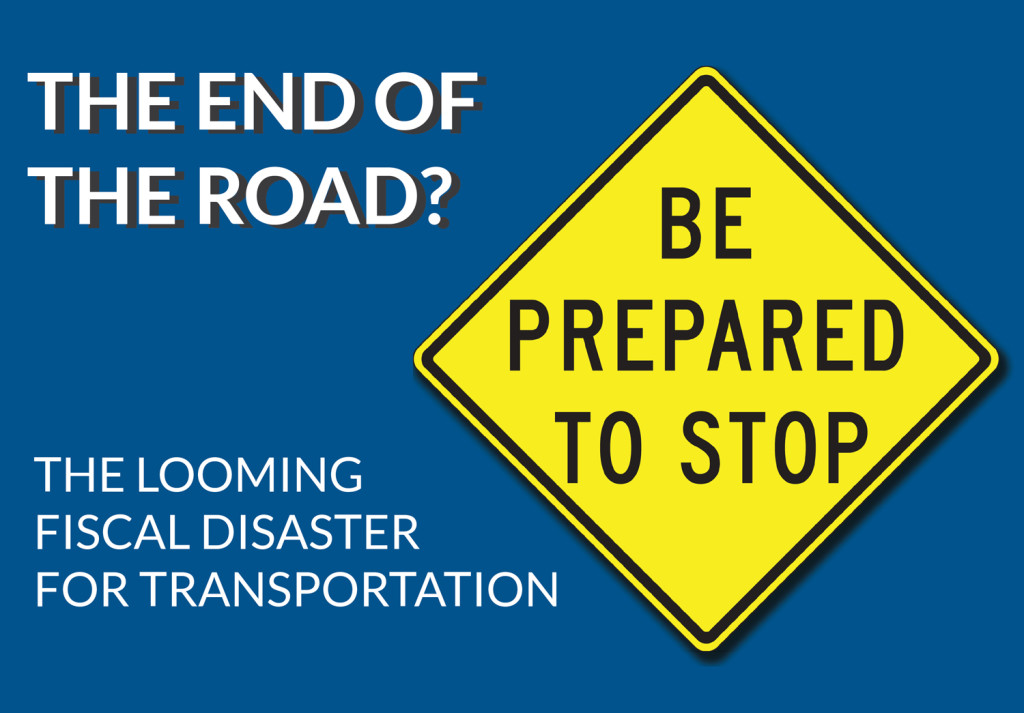
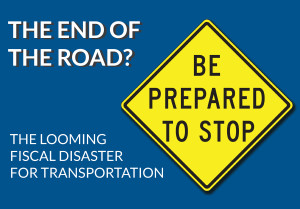



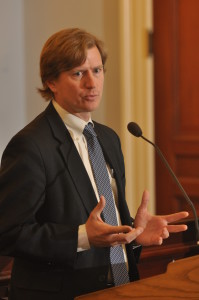
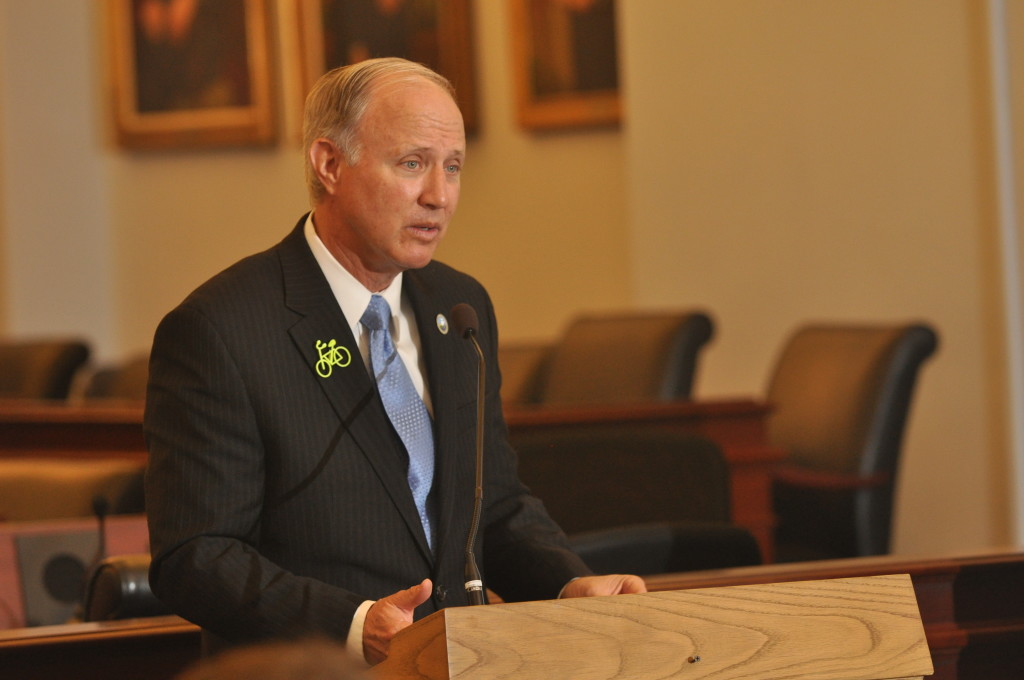

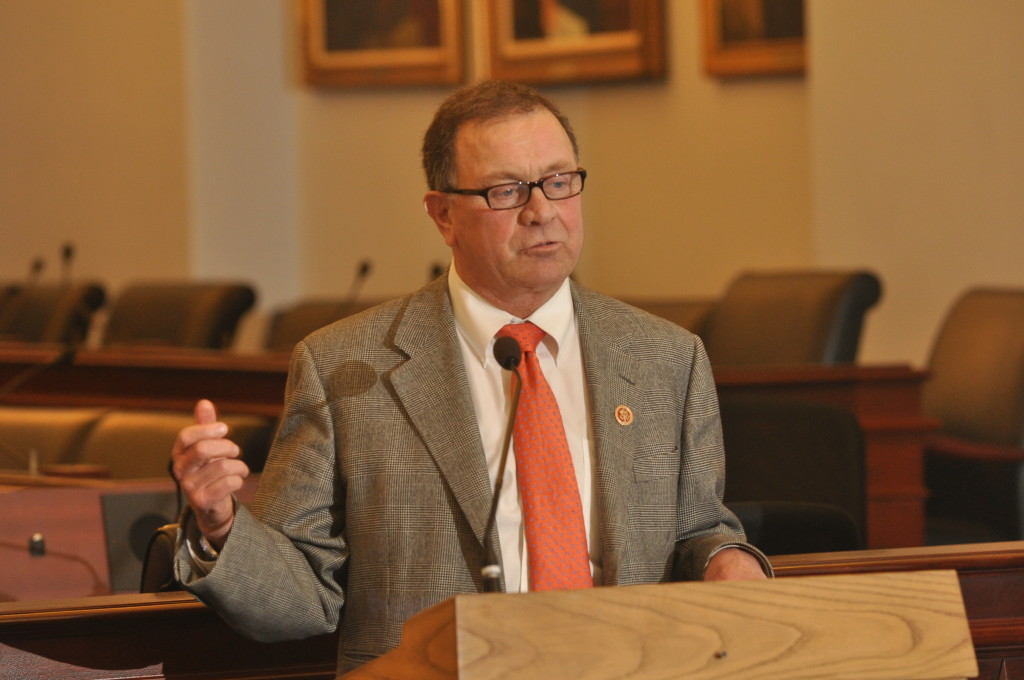
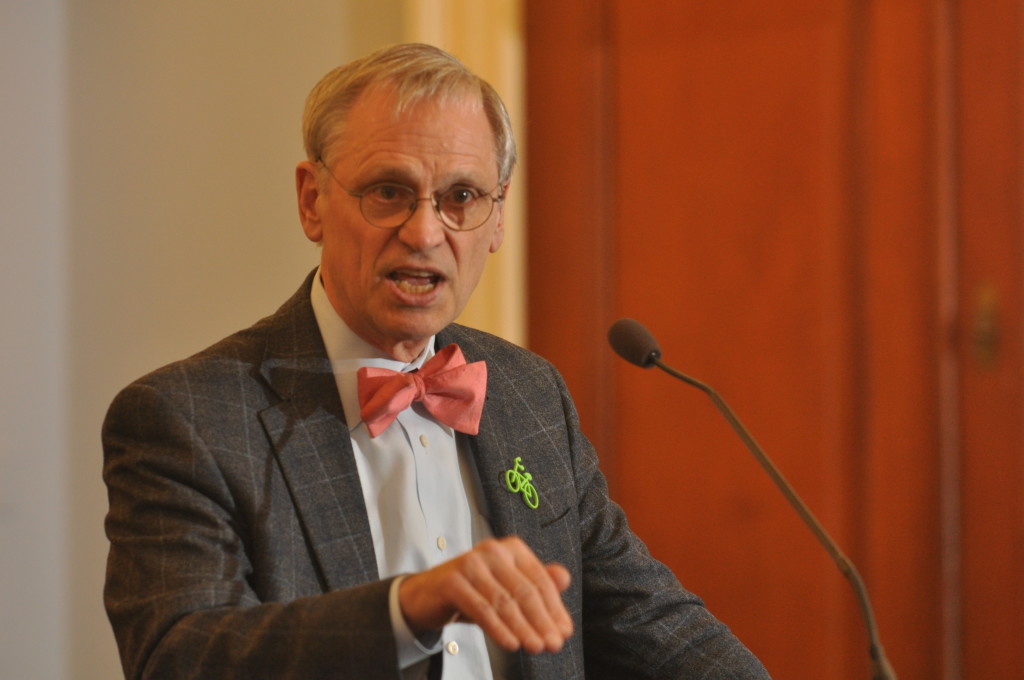
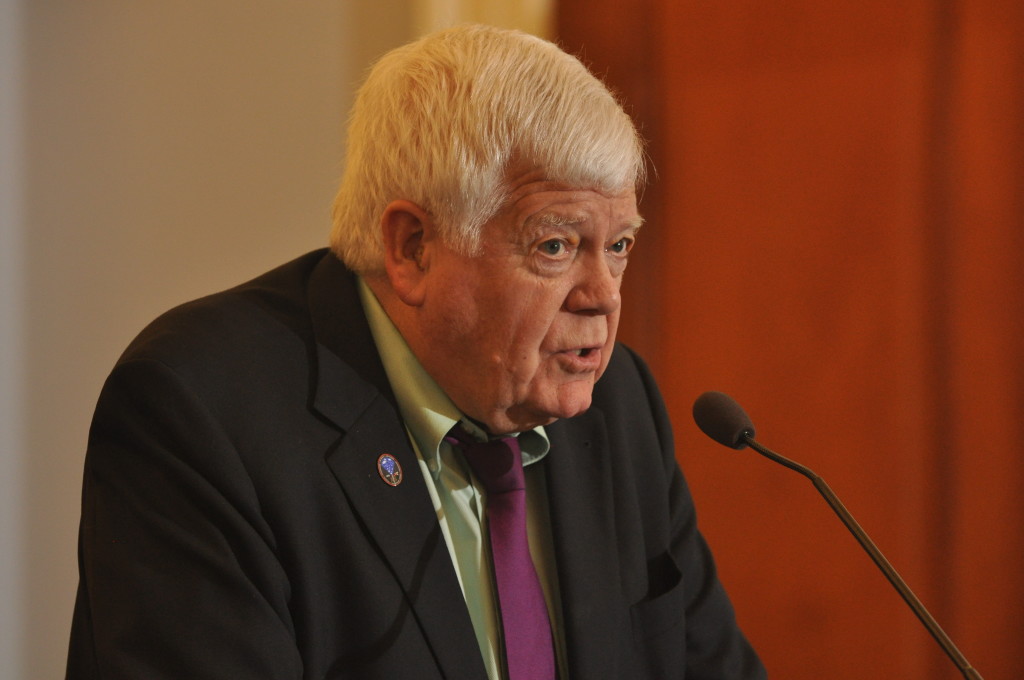
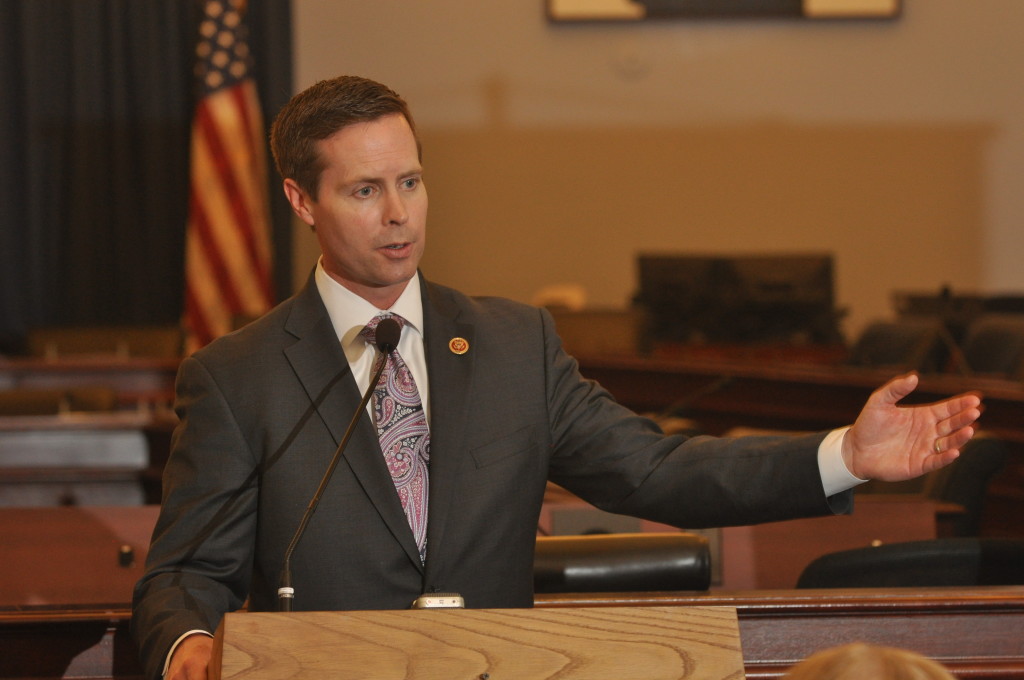
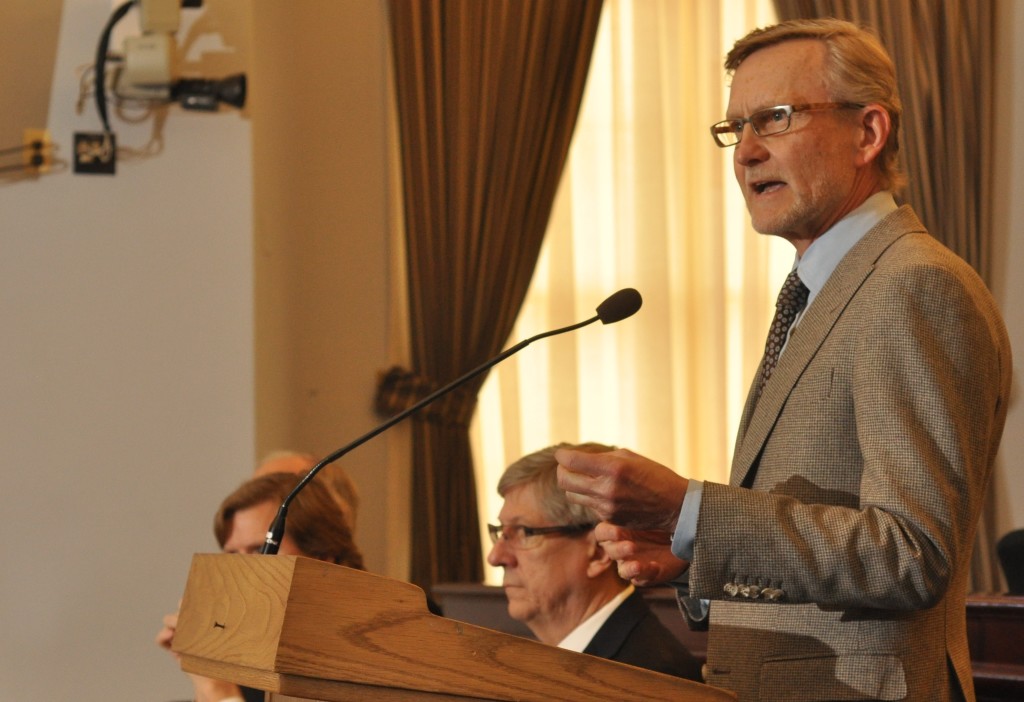
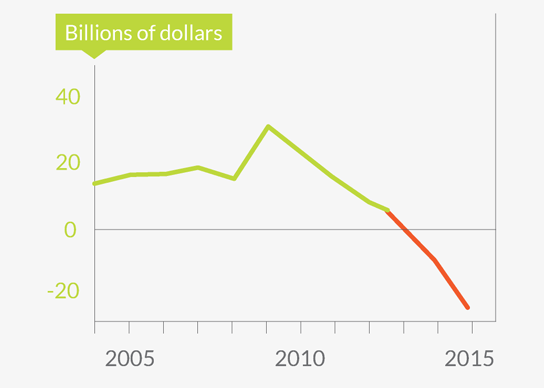
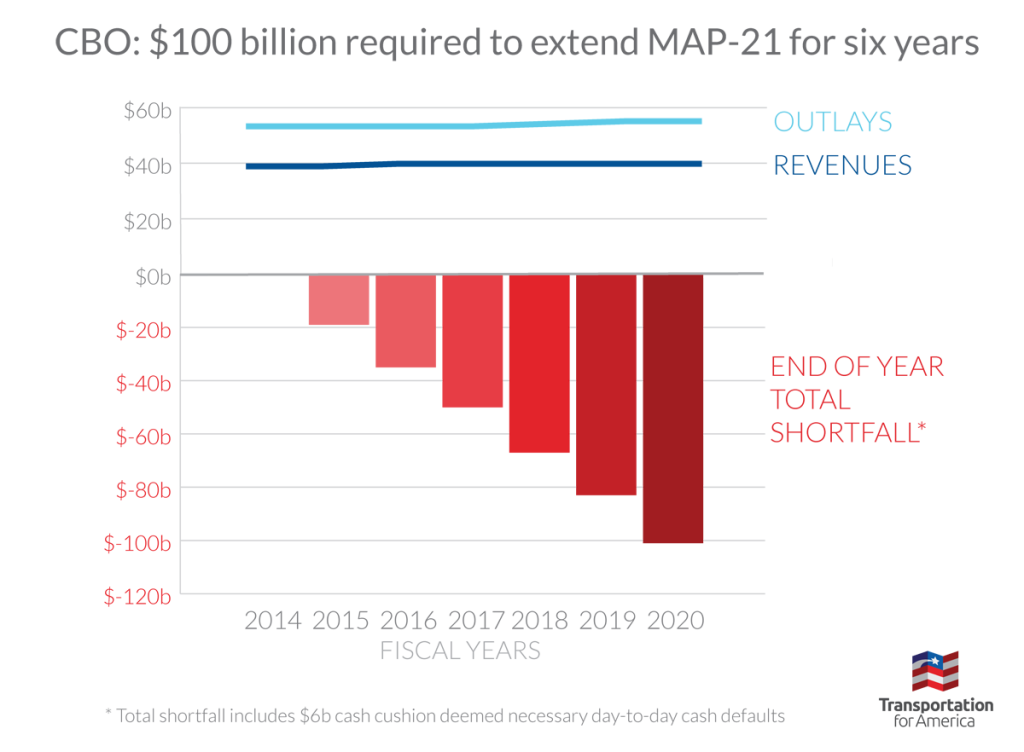


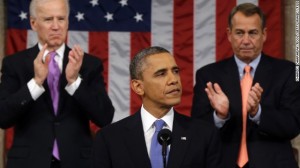
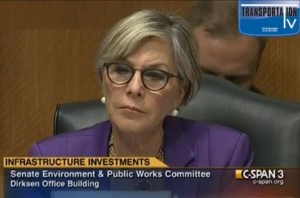

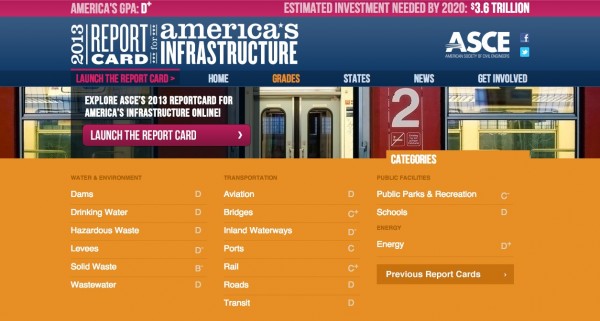
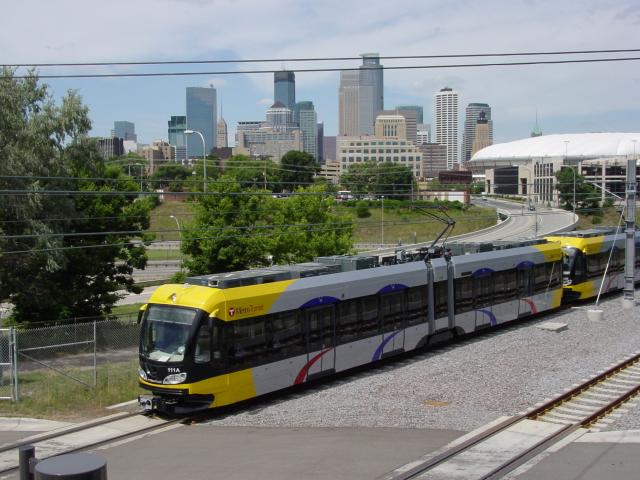
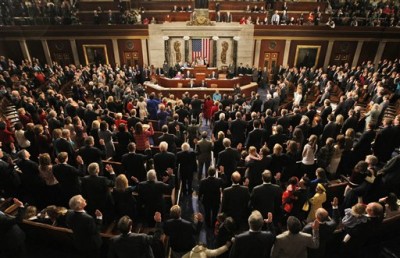 Earlier this week the House adopted rules for this new session of Congress. It’s a bit of inside baseball that can be hard to decipher, but these rules determine how bills are considered by lawmakers and what bills can and cannot do.
Earlier this week the House adopted rules for this new session of Congress. It’s a bit of inside baseball that can be hard to decipher, but these rules determine how bills are considered by lawmakers and what bills can and cannot do. 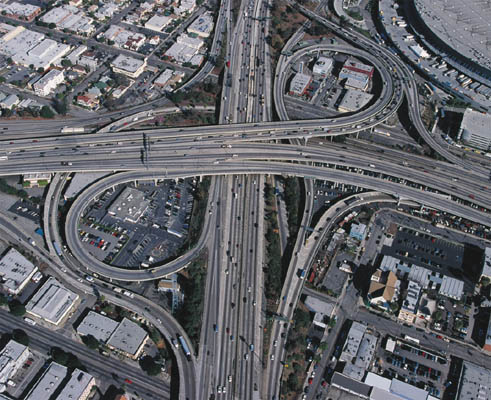 Critics of public transportation often cling to the canard that government should not subsidize a transportation option that cannot pay for itself. These naysayers reference “self-sustaining” roads and highways, which receive funding from user-fees – in this case, the federal gas tax.
Critics of public transportation often cling to the canard that government should not subsidize a transportation option that cannot pay for itself. These naysayers reference “self-sustaining” roads and highways, which receive funding from user-fees – in this case, the federal gas tax.